Mary Keen: How to plant your own wildflower meadow
The gardener, plantswoman and writer Mary Keen shares her experience of planting a spectacular wildflower meadow.
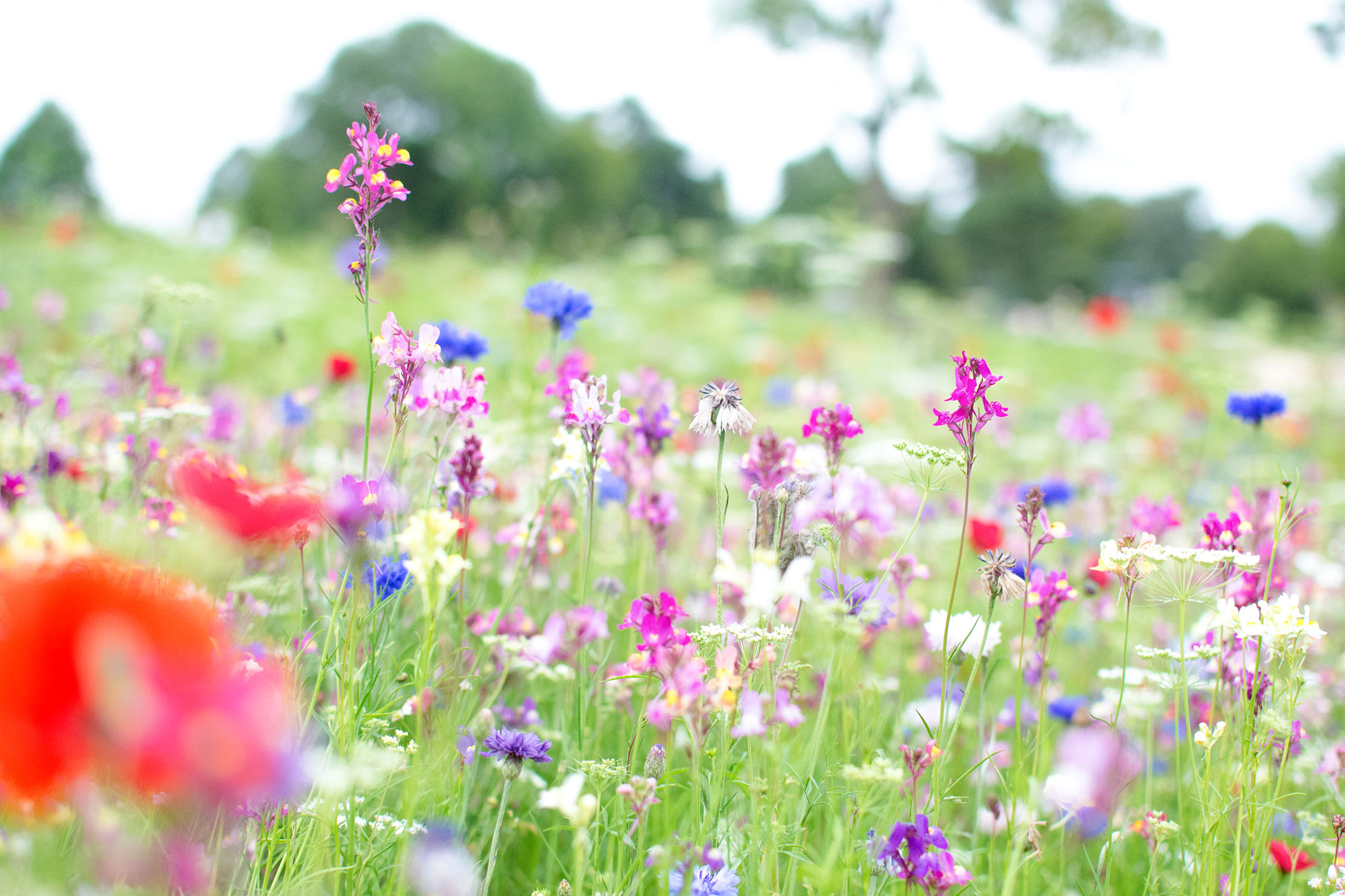

Meadows mean waving grasses, brimming with buttercups and butterflies, which shimmer and buzz in a swarm of life. Contrast that vision with the sterile sward of a mown lawn and, for me, there is no doubt about which I want more of in my garden.
Making a meadow isn’t giving up on gardening. There are many ways of adding to the traditional mix of flowers, but respecting the soil and site will always deliver the best results. I’m writing this in Devon, where the field below the cottage is a mass of meadow-sweet and greater bird’s-foot trefoil. This is damp, clay soil — I would never achieve such abundant clouds on my high, dry limestone plot at home in the Cotswolds.
The best way to make a flowery mead is to build on the local flora, adding bulbs and plants that enjoy similar conditions. There are also many much-loved native flowers, such as cowslips and ox-eye daisies, which will flourish in most places.
My limestone meadow is very sheltered. At about the size of a tennis court, it has a sinuous path mown through it. The flowering year starts with Crocus tommasinianus, followed by Anemone blanda and tiny Narcissi cordubensis from Spain, which likes lime and a sunny site.
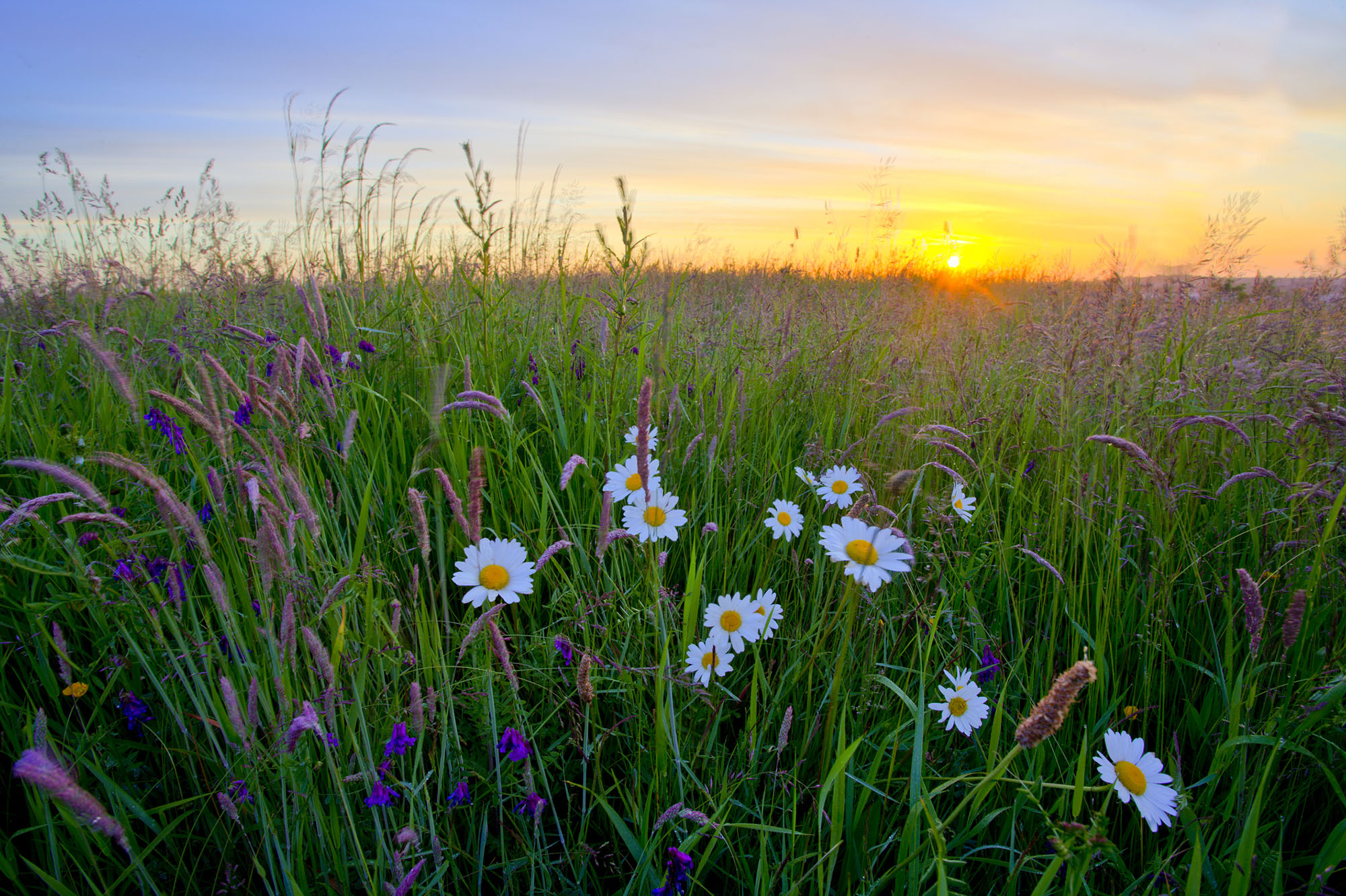
Gardeners on wetter, acid soils might choose Narcissus bulbocodium or the native wild daffodil N. pseudonarcissus, which prefers a bit of moisture in the growing season, but is happy on most soils.
Cowslips and pheasant’s-eye narcissi are happy on my plot. Fritillaries survive in shadier corners under the apple trees, as they dislike being too dry in summer. Camassia esculenta may tolerate similar placing. Dandelions are removed, because they tend to take over.
Just as I choose plants for the flowerbeds, I want to be selective about my wildlings. I also want to experiment a bit, to see what will grow. This means that, among campion and buttercups (Ranunculus acris is tall and airy, not an enemy, as the creeping buttercup is), I’m trying the wild Gladiolus byzantinus, which is found in the Scilly Isles, as well as some Greek natives: the pink dandelion, Crepis incana, and scarlet pavonina anemones. That brilliant plantsman John Massey has naturalised pavoninas in the Midlands, so they ought to be fine further south. So far, all these have survived two winters.
Sign up for the Country Life Newsletter
Exquisite houses, the beauty of Nature, and how to get the most from your life, straight to your inbox.
The key to the naturalising of my chosen plants will be the presence of yellow rattle (Rhinanthus minor), a parasitic annual that subdues fertility and grass. Seed needs to be sown fresh and is available from most wildflower merchants. Plug plants of this, as well as wildflowers, can also be bought in the autumn or in spring.
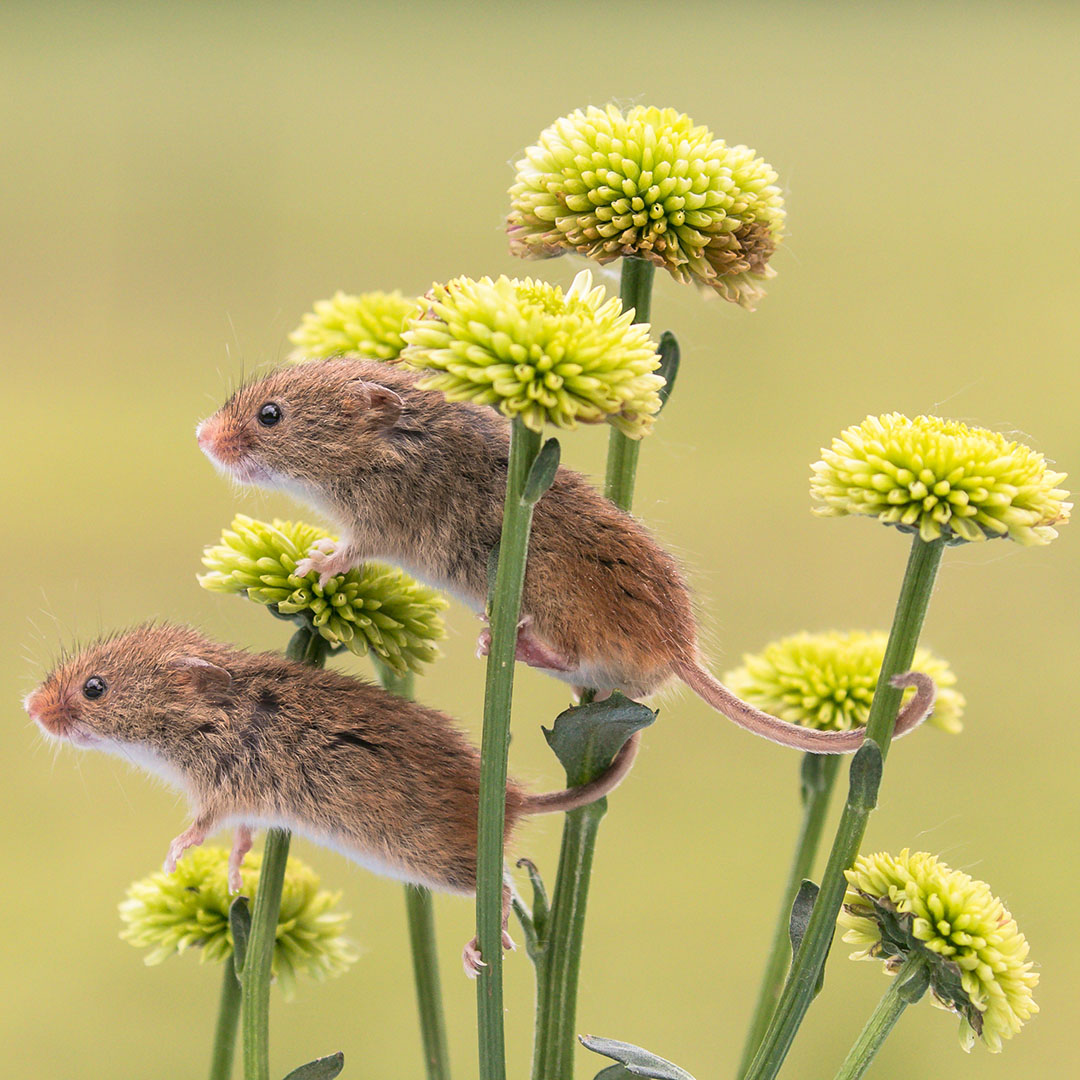
I was given some rattle seed by a friend and masses of yellow flowers arrived in June, so I hope it will sow itself now. In case it fails, some seed will be collected to broadcast once the grass is cut at the end of August. Scraping a few patches back to reveal earth is important, as the seed needs contact with soil.
Former lawns, with ryegrass mixes, can be difficult to restrain, even with the help of yellow rattle. If I was starting a meadow from scratch, I would want a mix of fescues and bents, rather than coarse grasses. Seed mixes for different soils are available from www.emorsgateseeds.com and www.charlesflower-wildflowers.co.uk and good plugs can be bought from www.meadowmania.co.uk. You can grow your own plants from reputable seed.
The next move for my meadow is to try to increase the amount of viper’s bugloss that overwintered last year. This beautiful British native likes very sparse dry ground. I have 30 homegrown seedlings waiting to be planted in the autumn — I will probably scrape patches back for them.
I also want to get Dianthus carthusianorum going. Very few of those made it this year, but the presence of rattle should help that. Blue chicory and lesser knapweed will also be added. Orchids are a dream for another day.
Those who want a showier meadow than mine could take the route of early naturalist William Robinson: tulips, Oriental poppies, peonies, aquilegias, irises and monkshoods are a few plants that can compete with grass.
Whatever you grow in your meadow, the maintenance will be the same. The grass should not be cut until everything’s had a chance to set seed. A second last cut to keep the grass low enough for small early bulbs will also be needed. All cut grass should be removed or you’ll increase the fertility of the soil, which is not at all desirable.
Paradise and Plenty: A Rothschild family garden by Mary Keen is out now.
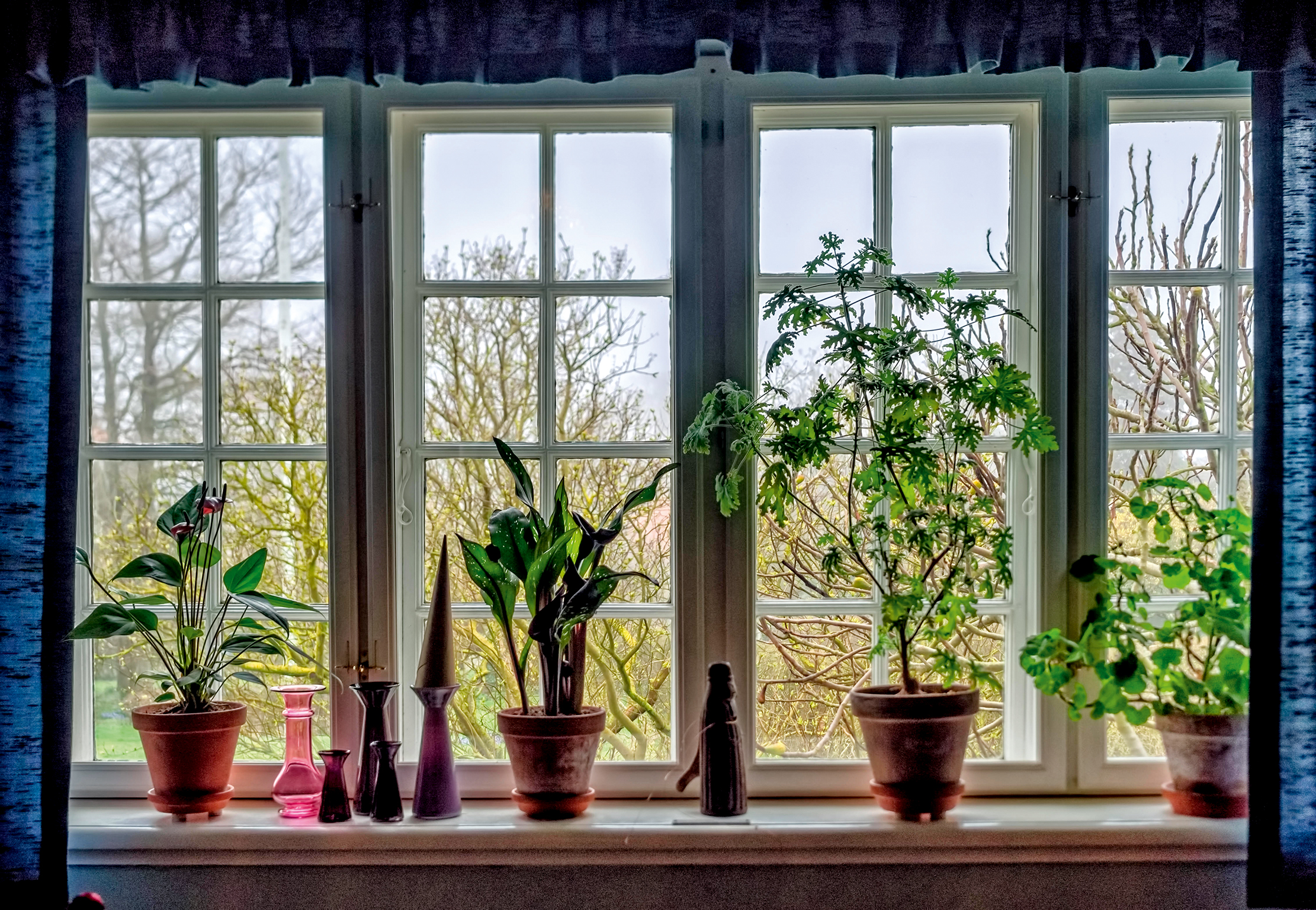
Credit: Alamy
Mary Keen: The secrets of windowsill gardening
The internationally-renowned garden designer and writer Mary Keen turns her thoughts indoors to the best plants to grow on windowsills
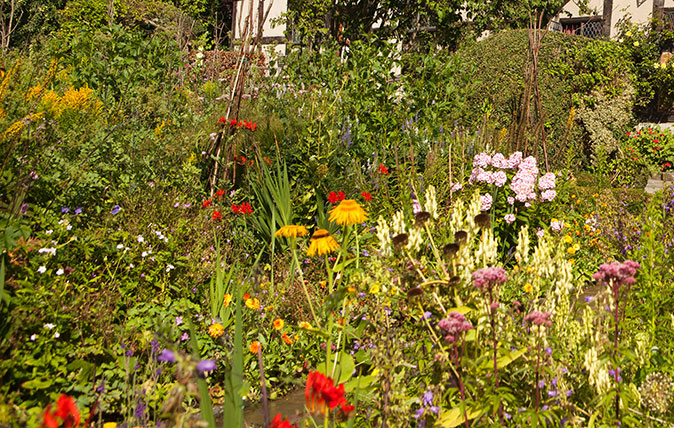
Credit: Alamy
Mary Keen: Don't fear downsizing – the joy of starting a new garden from scratch will make up for what you leave behind
The satisfaction of creating a beautiful garden is all the greater when, thanks to a move of house, you’ve had
Country Life is unlike any other magazine: the only glossy weekly on the newsstand and the only magazine that has been guest-edited by HRH The King not once, but twice. It is a celebration of modern rural life and all its diverse joys and pleasures — that was first published in Queen Victoria's Diamond Jubilee year. Our eclectic mixture of witty and informative content — from the most up-to-date property news and commentary and a coveted glimpse inside some of the UK's best houses and gardens, to gardening, the arts and interior design, written by experts in their field — still cannot be found in print or online, anywhere else.
-
 Spam: The tinned meaty treat that brought a taste of the ‘hot-dog life of Hollywood’ to war-weary Britain
Spam: The tinned meaty treat that brought a taste of the ‘hot-dog life of Hollywood’ to war-weary BritainCourtesy of our ‘special relationship’ with the US, Spam was a culinary phenomenon, says Mary Greene. So much so that in 1944, London’s Simpson’s, renowned for its roast beef, was offering creamed Spam casserole instead.
By Country Life
-
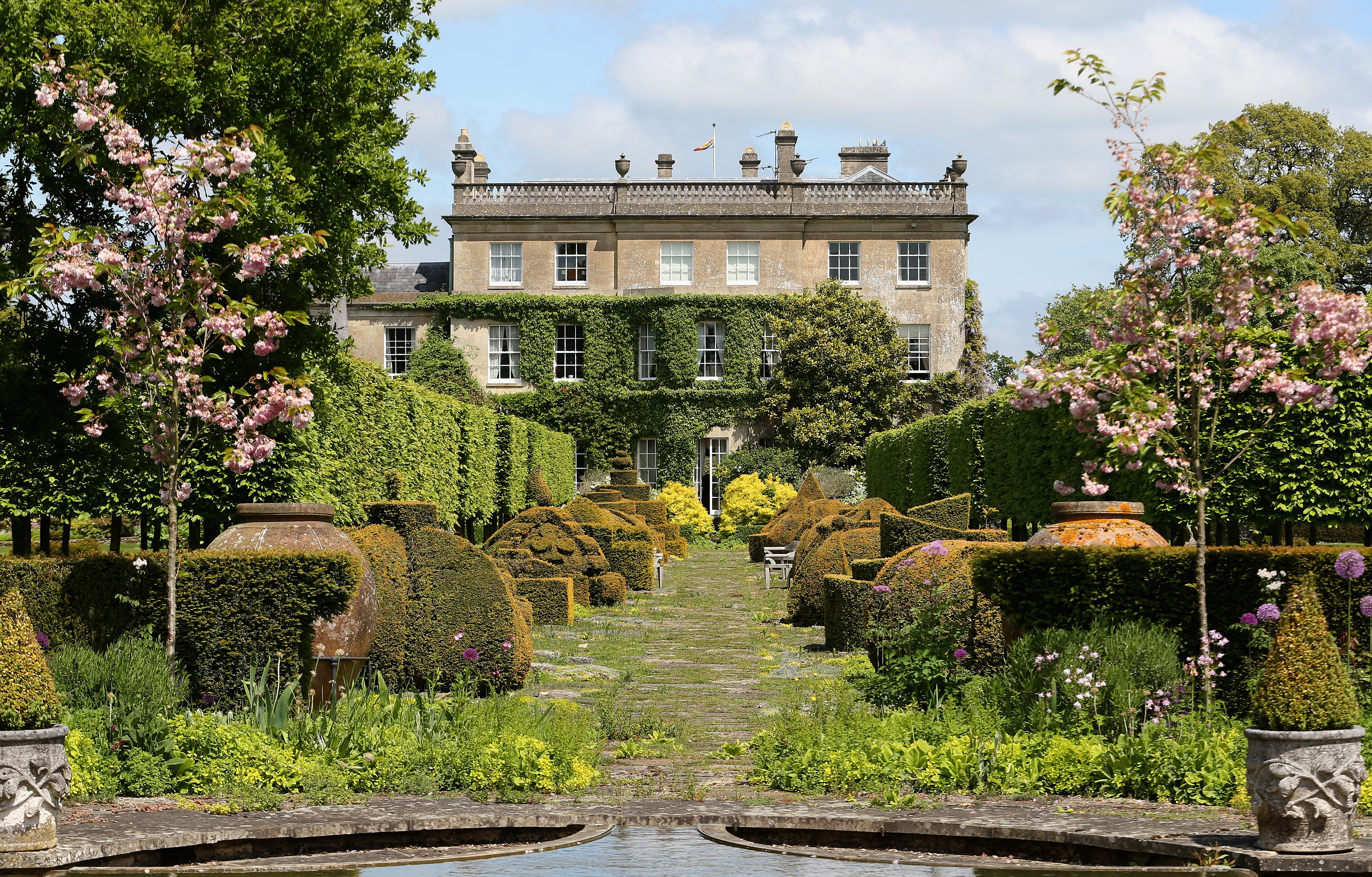 Sanderson's new collection is inspired by The King's pride and joy — his Gloucestershire garden
Sanderson's new collection is inspired by The King's pride and joy — his Gloucestershire gardenDesigners from Sanderson have immersed themselves in The King's garden at Highgrove to create a new collection of fabric and wallpaper which celebrates his long-standing dedication to Nature and biodiversity.
By Arabella Youens